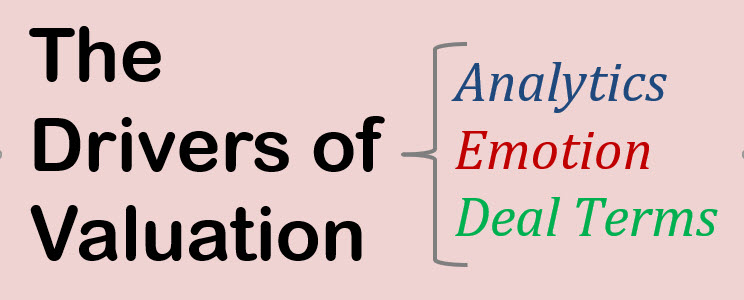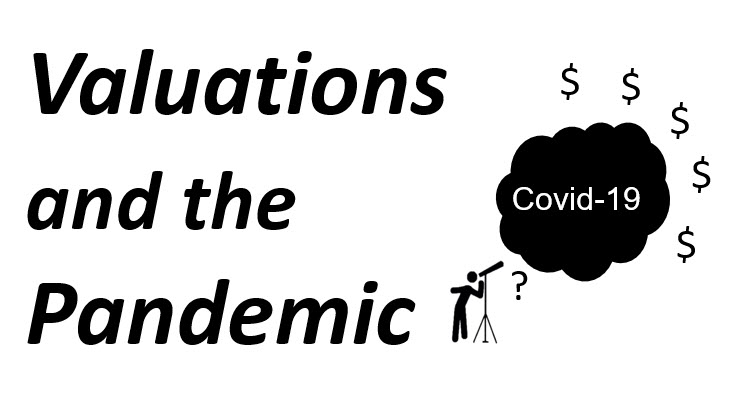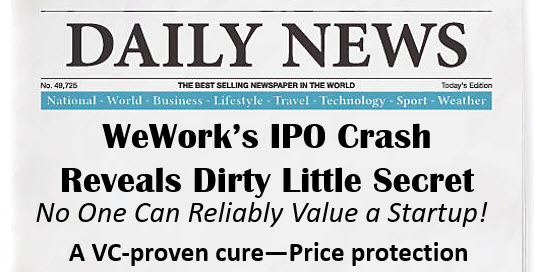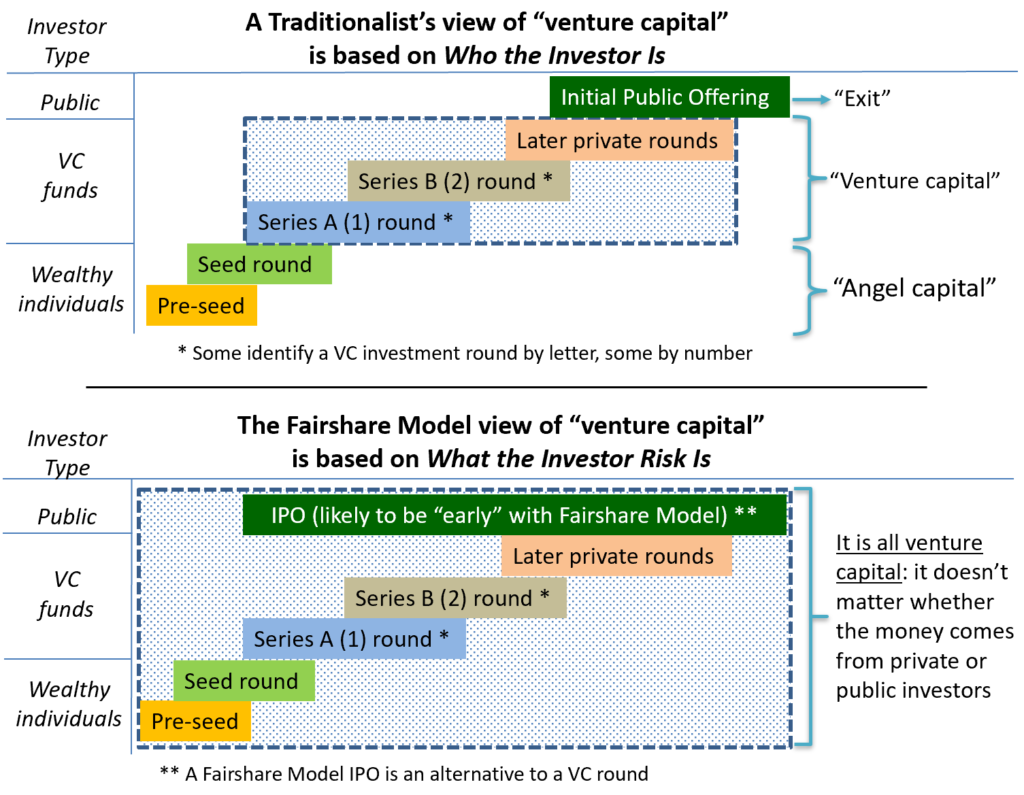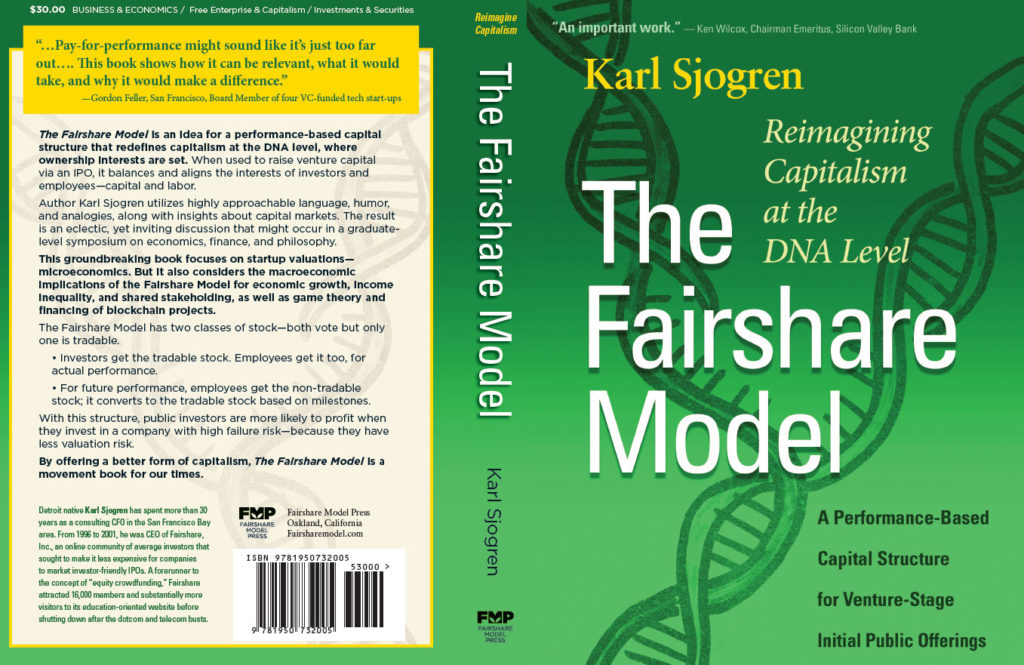
Payroll taxes are in the news. For weeks, President Donald Trump said he wanted to defer the collection of employee portion of the Social Security portion of the payroll tax in order to provide pandemic-related economic relief to workers. The Congress didn’t agree, so he issued an executive order to do just that on August 13. Much is unclear about how his order is supposed to work, and there are questions about whether it is legal. The Washington Post reports a “torrent of top employers [have]…joined the U.S. Chamber of Commerce in calling the president’s plan ‘unworkable’.”
All this prompts me to reprise an article I wrote in May 2017, Reduced Employer Payroll Taxes: A Direct Path to Job Creation. At the time, Trump had been in office a few months, both houses of Congress was controlled by Republicans, and income tax cuts were on the agenda.
The G.O.P. was arguing that one would spur job creation, and enough growth to pay for itself. That is, the drop in tax collections resulting from lower tax rates would be offset by an increase in collections due to greater economic activity. Treasury Secretary Stephen Mnuchin went further, suggesting that this could happen enough to reduce the deficit.
When Trump signed the Tax Cuts and Jobs Act into law, he predicted it would cause the economy to grow 6 percent per year, but growth was merely 2.2% in 2017, 3.2% in 2018, and 2.3% in 2019. Larry Kudlow, Director of the National Economic Council, envisioned an “investment boom,” but business investment grew modestly for just two quarters, then it dropped below what it had been before the tax cut.
The new law was proved to be a bad bet; it provided little benefit to most people, and substantially increased the deficit. The Congressional Budget Office projects debt held by the public will rise from 81% of GDP in 2020 to 98% of GDP by 2030—higher than any point since just after World War II.
In my 2017 article (and now), I argue that if the goal was job creation, it makes more sense to reduce the employer share of payroll taxes than to reduce income taxes. [Note: A 12.4% federal payroll tax funds Social Security and Medicare. About half the tax is paid by employees via payroll withholdings—the employer pays the rest. Self-employed individuals pay both portions.]
Trump’s executive order provides temporary benefit for employees; it defers their payment of their post-order 2020 payroll taxes until 2021. In contrast, I propose a permanent reduction in taxes employers pay when they employ someone.
Here is how they compare.

In 2019, $1.2 trillion was collected in total payroll taxes. Half of that—$600 billion—was paid by employers. https://www.statista.com/statistics/216928/us-government-revenues-by-category/ How do I propose to pay for a reduction in employer payroll taxes?
A combination of two new taxes:
- A transaction tax on the non-original sale of equity securities—the transfer of stock from one shareholder to another. To be clear, that excludes new stock sold by a company. That is, no tax when a company raises capital, only when the subsequent ownership of its stock changes. The World Bank reports that $60 trillion in equity securities were traded in 2019, and that 38 percent of that—$23 trillion—was traded in the U.S. That indicates that a 1 percent transaction tax in would have generated $230 billion in 2019, enough to cut the employer payroll tax by 38 percent.
- A 1% tariff on imported goods could paydown the employer payroll tax by another 4%. The Department of Commerce estimates the value of imported goods in 2019 at $2.5 trillion; a 1% tariff would have generated $25 billion.

The World Bank figure on stock trading excludes private market sales between investors, as well as acquisitions. A one percent tax on the value shareholders receive on those transactions by U.S. shareholders could reduce the employer payroll tax further than 42.5 percent. Alternatively, it could be used to reduce the burden of Social Security obligations on the future workforce, or to help reduce student loan debt.
The overarching rationale for my proposal is that the U.S. economy is transitioning from a world in which it was the unquestionable dominant player, to one where it is less so. By making it less expensive for companies to create or preserve domestic jobs, my proposal makes U.S. labor more competitive without reducing pay or benefits.
That buffers the effect of three trends that have eroded the prospects for U.S. workers over recent decades:
- TECHNOLOGY It has made it easier to move work. Initially, within a workplace, then outside a company; eventually, to anywhere in the world.
- ECONOMIC THEORY The idea that management’s principal job is to maximize shareholder wealth emerged in the 1970s and gained traction in the 1980s. A derivative economic theory is that companies should focus on their core competencies and outsource the rest. Together, they led work to be moved to lower cost locations; first from the Rust Belt to the Sun Belt, then to other countries.
- LARGER SUPPLY OF LABOR. The end of the Cold War encouraged inward-looking countries to adopt an export mentality. That enlarged the supply of labor available to perform work that might have otherwise been performed in developed economies.
These trends bolstered returns on investment and so, those whose wealth is largely derived from the return on capital have done well. On the other hand, these trends weaken the return on labor—the existence of good jobs, with appealing prospects for advancement. The result is that people who rely on the return on labor are increasingly anxious, and less optimistic about the future.
How can the U.S. improve the return on labor? It will take time to develop and implement ideas. Absent progress, pressure will mount on the economic theories that guide corporate decisions.
That’s the situation we are in.
One thing, however, is clear today. The payroll tax structure creates disincentive for employers to have U.S. workers. For labor-intensive companies that are unprofitable or marginally profitable, it makes it harder to survive, let alone thrive. For all companies, it makes it tempting to offshore work or automate it, and to import goods rather than build them, or buy them from domestic manufacturers.
A lower employer payroll tax can abate that.
A tariff reduces the advantage of workforces with low wage rates, and/or weak labor and environmental standards. From a competitive standpoint, it might only be sustainable for a decade. Nonetheless, it can help ease pressing needs while the economy is in transition.
A transaction tax on the resale of securities is more controversial. It will cause some to gag—but it makes sense because:
- The U.S. has competitive advantage in capital markets. It is due to investor confidence, which largely flows from respected and enforced legal and accounting practices, as well as established institutions. A transaction tax contributes a return on the societal investment that maintains that investor-friendly environment.
- The risk that a de minimis transaction tax will lead much stock trading to move offshore seems slight. A parallel may be the “sin taxes”—high taxes on tobacco and alcohol products; they have less effect on sales than one might expect.
- Stock trading does not create value—a stock that changes ownership multiple times a month is not inherently worth more than one that does not. Value creation comes from the design, manufacture, and distribution of products and services—the type of activity that a reduction in employer payroll taxes encourages.
- A tax on stock trades help ease a real problem—the relative cost of U.S. employees—without creating a comparable problem in the capital markets.


